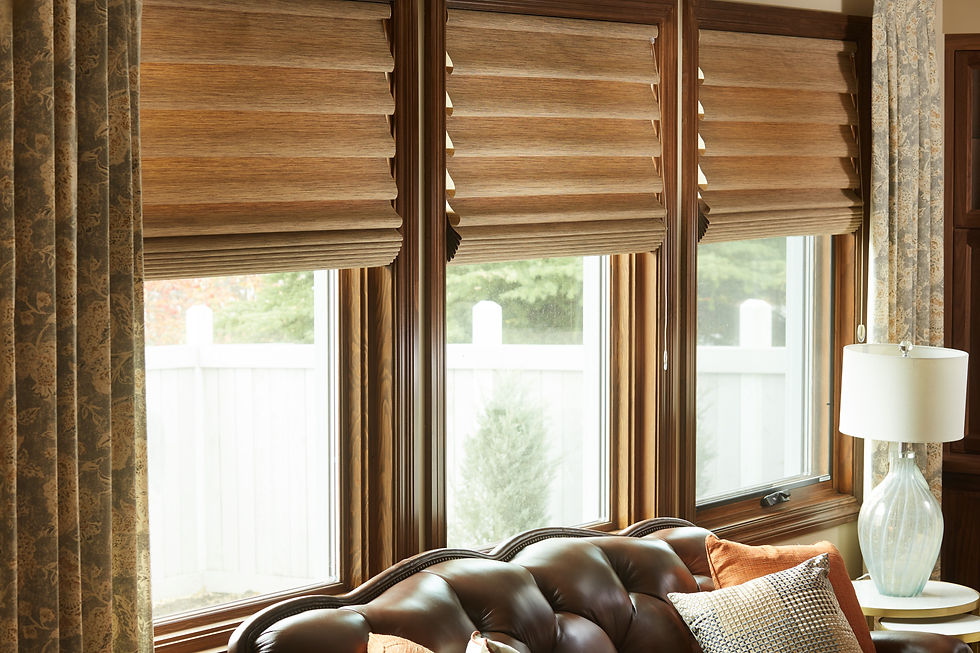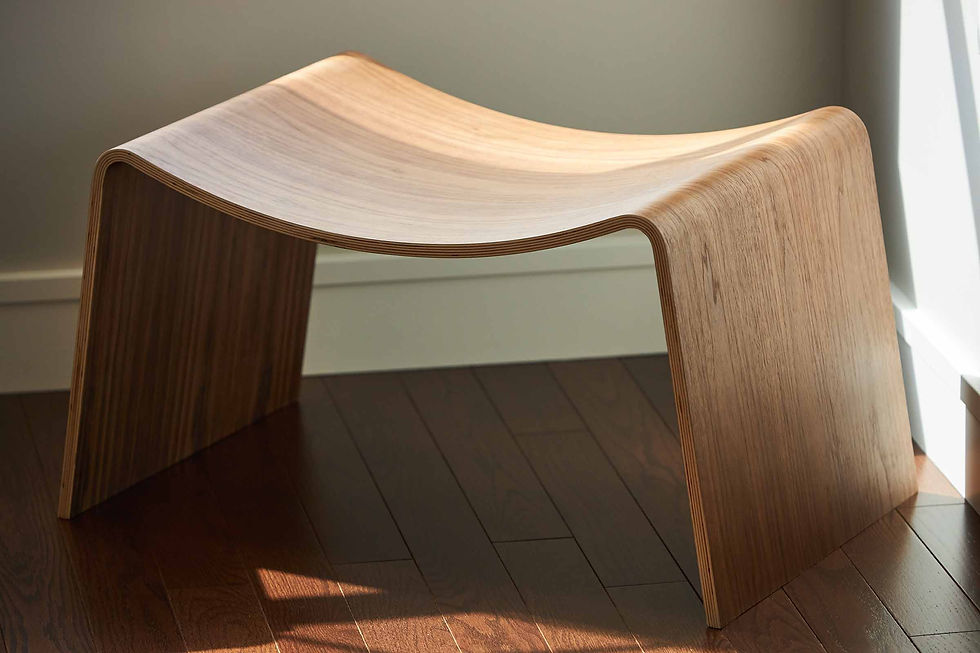Sustainability Best Practices In Interior Design
- Brenda Brix
- Apr 22, 2022
- 4 min read
Updated: Jan 17

Sustainability in Interior Design: Best Practices for 2025
As we move deeper into 2025, sustainability in interior design has never been more critical. At AMR Design, we’ve always prioritized creating spaces that are not only beautiful but also environmentally responsible. In today’s rapidly changing world, interior design professionals have a unique opportunity to shape how we live while minimizing our environmental footprint.
The Evolution of Sustainable Design Practices
The past few years have seen incredible advancements in sustainable practices, and at AMR Design, we’re committed to staying at the forefront of these innovations. From sourcing eco-friendly materials to repurposing existing pieces, sustainability isn’t just a trend—it’s the foundation of our design philosophy.
We believe sustainability starts with thoughtful decisions about the materials we use, the sourcing process, and the functionality of each design element. By integrating these practices, we ensure that every space we create contributes to a healthier planet.

Brix & Co.: Brenda’s Sustainable Custom Furniture Line
A standout addition to our sustainability journey has been Brenda’s sustainable custom furniture line, Brix & Co.. With a deep commitment to eco-conscious design, Brix & Co. offers bespoke furniture pieces that prioritize both style and sustainability. Each piece is crafted with care, using responsibly sourced materials and processes that reduce waste.
Whether it’s a custom dining table made from reclaimed wood or an elegant chair designed with low-impact finishes, Brix & Co. is proving that sustainability and luxury can go hand in hand. These timeless pieces don’t just complete a room—they tell a story of craftsmanship and environmental responsibility.
HEATING AND LIGHTING

Heating and lighting are important factors interior designers have influence over. Since most of the building’s heat escapes through windows, it’s important that clients and contractors install windows of high quality that provide good insulation. Window coverings, such as curtains and drapes keep both cold air and the sun’s heat outside. They also enable homeowners to control the building’s temperature in a more energy efficient way by opening and shutting blinds and curtains as needed.
Did you know….Carpets are also excellent thermal insulators; according to estimations, a carpet retains as much as 10 % of a room’s heat.
MATERIAL SELECTIONS
Organic materials like wood, wool, and natural stone are favorites of AMR designers and while they seem the obvious choice, we should not forget that natural resources still need to be treated responsibly. It is important to consider renewable materials (such as fast-growing bamboo), that are extracted in an environmentally responsible way. Natural products are easier to dispose of at the end of life than plastic or man made materials. There are certifications and labels that give information about the products’ origin and help you identify eco-friendly products.
For example, an FSC label on wood products ensures that the wood used in the product was harvested sustainably.

Fortunately, the design industry and our clients are becoming increasingly aware of the need for sustainable thinking and there is a growing interest in sustainable trends, such as recycling, upcycling and repurposing. Instead of discarding ‘’old-fashioned’’ objects while they are still functional, we can (and should) come up with creative ways to give them a new life.
TIMELESS DESIGNS

We design for longevity not only for the end user to get the most out of their investment, but also to save products and materials from hitting the landfill too soon. We urge clients to steer away from overly trendy designs that they will be bored of in a matter of years, or that will show their age quickly. Whether clients stay in their home long term, or sell it to someone new, we want to ensure that the materials and products we selected are used for the long haul. The best way to achieve timelessness is to choose quality over quantity, timeless over trendy, and simplicity/functionality over embellishments.
Throughout the years, however, we understand that people and tastes grow and change, and we prefer our surrounding spaces to grow with us and reflect those changes. It is important for us to consider the flexibility of spaces. Designing flexible spaces is one of the keys to longevity. When you can easily replace or adapt individual elements of a room, there is no need to demolish and renovate it in its entirety.
AIR POLLUTION
According to the US Environmental Protection Agency, indoor air pollution is one of the five biggest environmental threats to public health. As a society in general, we are spending more time indoors than ever before. Indoor air pollution is the result of products and materials with high levels of toxic emissions. Furniture and materials that have been treated with harmful chemicals release dangerous toxins in the air (called VOCs). We always prefer materials with low emissions of VOC (volatile organic compounds) and other air pollutants. These types of products and materials are now readily available and should always be chosen over standard materials that do not take VOCs into consideration.
Did you know….Plants act as natural air filters, and —somewhat shockingly — so do carpets. Carpets improve air quality by trapping the dust particles from the air and holding them until vacuumed.
FINAL THOUGHTS
As the world becomes more aware of climate challenges, the demand for sustainable solutions in interior design continues to grow. Clients are seeking spaces that reflect their values, and sustainability has become a key component of those values.
We are grateful that many clients are now seeing the impacts of choosing quality products over less expensive and less sustainable options. Many homeowners now see the benefit of sustainable materials, vintage pieces and even recovering upholstery instead of throwing it away. We no longer need to convince our clients of the benefits of eco-friendly, sustainable design choices. We as designers must be coaching our clients, and the industry as a whole, on how we can make positive impacts to our world simply by making choices that will help, not hurt, our planet and the environment.
Leave it better than you found it.” –Bruce A. Nordstrom
If you’re ready to transform your home into a sustainable haven, we’re here to help. Contact us today to learn more about our approach to eco-friendly interior design and discover how Brix & Co.’s custom furniture can elevate your space with purpose and style.
If you have a question about working with us as your interior design firm that you would like to see answered, please email info@amrdesign.ca.




Comments